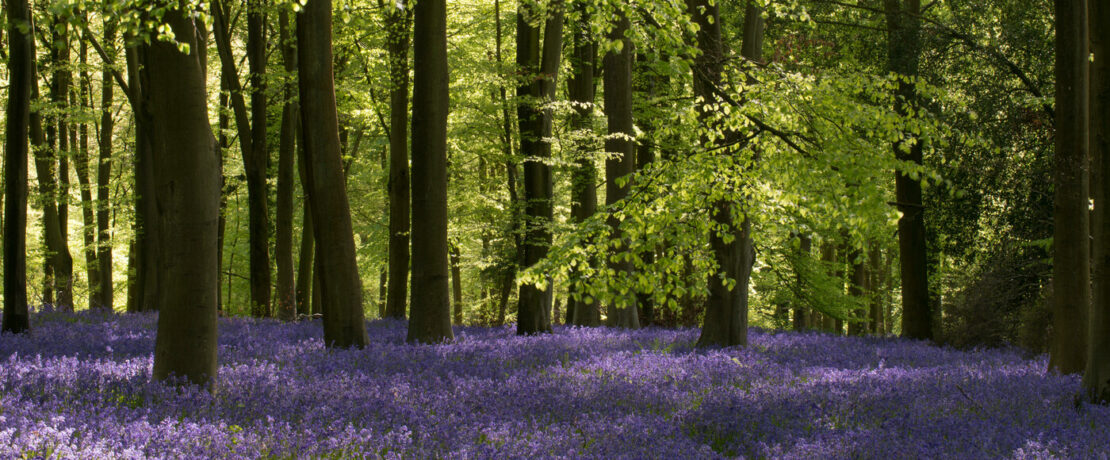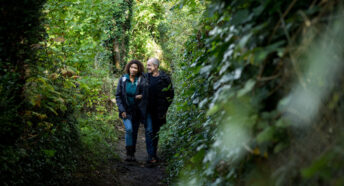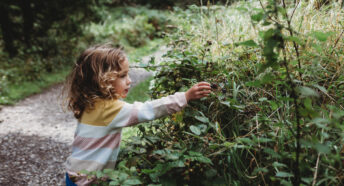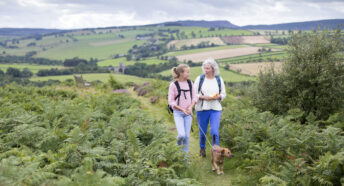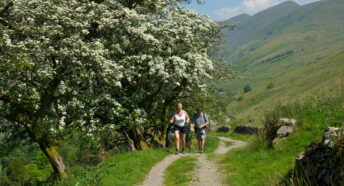Coming to the countryside near you: wildlife in April
A warmth settles over the landscape in April and nature springs into life beneath the suns’ rays.
Oaks, beech and rowan trees begin to show, tight buds unfurling to reveal green leaves. Beneath their boughs, bluebells and wild garlic shroud the woodland floor and spring up on road verges. In the air, swallows arriving in Cornwall in late March are joined by swifts and house martins, freewheeling across the sky. In tree cavities, tawny owls settle onto their eggs already, waiting for a clutch of downy chicks to emerge.
Bats
Bats begin to emerge from hibernation during April, taking to the skies at dusk to look for food using echolocation. The most common bat species in England is the pipistrelle and after overwintering in small gaps in trees and buildings, they will take to the wing. You can spot them flying over gardens and beneath the canopies in tree-lined lanes as they look for moths, gnats and other small flying insects. Pipistrelles can consume large amounts of insects – up to 3,000 gnats in one night.
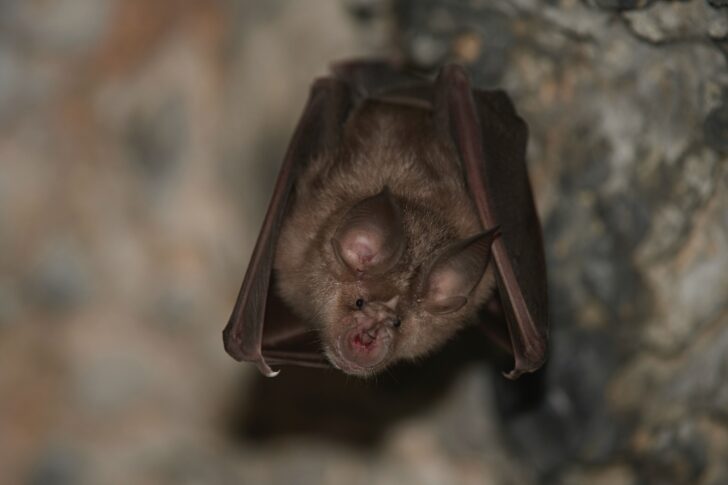
Adding a pond and some scented, night-flowering plants such as jasmine can help provide the right food to attract bats to your garden. However, pipistrelles aren’t the only species to appear during April. One of my favourites are the horseshoe bats, greater and lesser; these are the only two British species that hang upside down with their wings wrapped around themselves. They leave the caves and mines they have been hibernating in to find mates. Then the females will congregate in maternity roosts in old buildings, sometimes in their thousands, where they stay warm during the summer months and raise their young.
Water voles
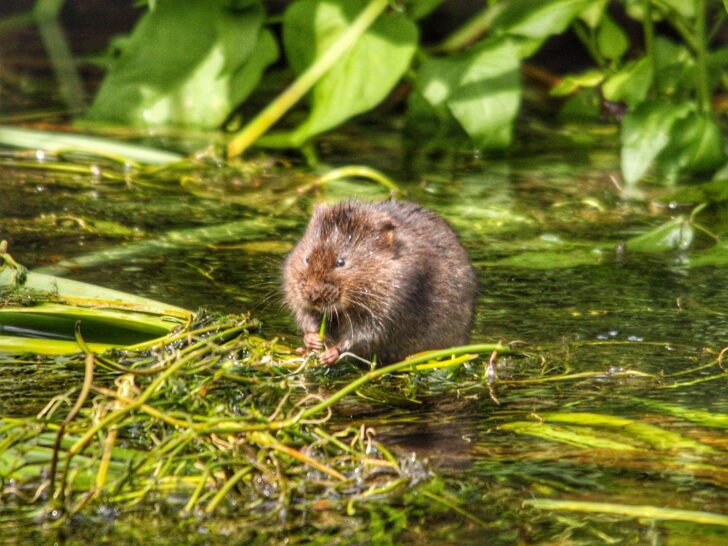
Water vole populations were steadily decreasing for the past 20 years, however, across the country, reintroductions such as this one have taken place, boosting both their numbers and your chances of seeing one. As for many mammals, April sees the start of the breeding season for water voles. Along the riverbank, there will be squabbling sounds coming from the vegetation as younger water voles fight for new territories where they can find a mate and rear their young. Look out for signs of local water vole activity such as grasses cut at a 45cm angle from their browsing, and piles of droppings around 1cm long and green-brown in colour.
Skylarks
Walking along a Cornish coast path that weaves between farmland and ocean, a springtime soundtrack is provided by the local skylarks bursting from the tall grass and whirling into the air. Red listed in the UK, this small brown, speckled bird sports a reverse Elvis-style hairdo, and has the unique ability to fly almost vertically upwards. As they do this, they emit a rhythmic and complex call, reaching dizzying heights of 1000ft.
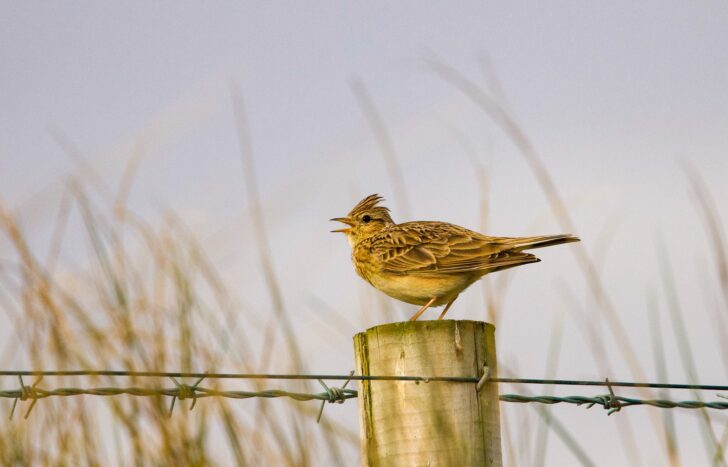
The males are highly territorial, and their flight behaviour is a great way to ward off rival males. Once a common bird, skylarks have been steadily declining since the 1970s. Since the beginning of the 90s, the skylark population has almost halved due to a lack of suitable breeding habitat. Because they are ground-nesting birds, skylarks can be found in heathland, upland and sand dunes. But arable farmland is where they are most common where they lay their eggs between the spring-sown cereals. As many farmers are moving away from these types of crops, suitable breeding habitat is declining and the birds are suffering with it. It’s true that numbers have become more stable, but we are yet to see an incline.
Grass snakes
Found in wetland, grassland, woodland edges and even gardens, grass snakes are expert swimmers and can usually be found close to water. These long, grey-green snakes spend the winter hibernating beneath the ground in disused burrows or under piles or rocks or logs. But as the April sunshine warms the land, they wake and head out to look for food. Grass snakes typically prefer amphibians but they will also eat fish, small mammals, and birds. They usually look for a mate in April and you may even be fortunate enough to see a ‘mating ball’ this month – when multiple males struggle to mate with a female, the strongest usually emerging as the winner.
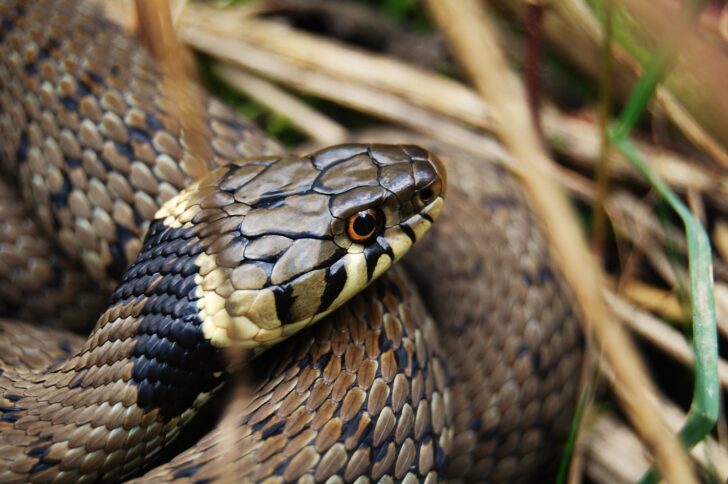
Head out early to give yourself the best chance of seeing them because they will seek the sunshine to warm themselves before they begin their day. If you’ve got a compost heap, check that too – its an ideal habitat for breeding grass snakes.
Explore the countryside in April
With lighter evenings and warmer days, now’s the time to start discovering your local countryside. Whether it’s a stroll around your local park, or a long circular walk in the countryside, you’re bound to see plenty of wildlife. If you manage to get any wildlife snaps, get in touch with us on Facebook, Twitter or Instagram. We’d love to share them! Alex is back next month with what wildlife to look out for in May.
About the author
Alexandra Pearce-Broomhead is a writer and occasional Guardian Country Diarist from Cornwall. She writes about nature and place, and the human relationship with both. Her work features on BBC Wildlife and BBC Countryfile.
